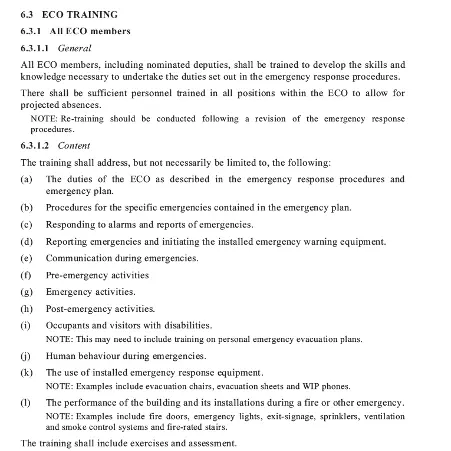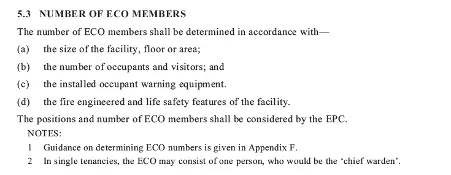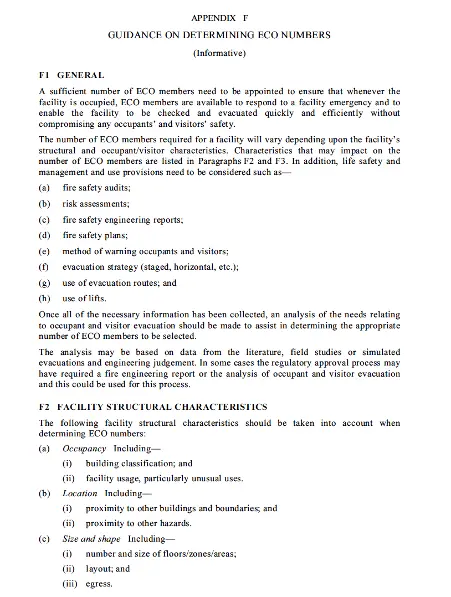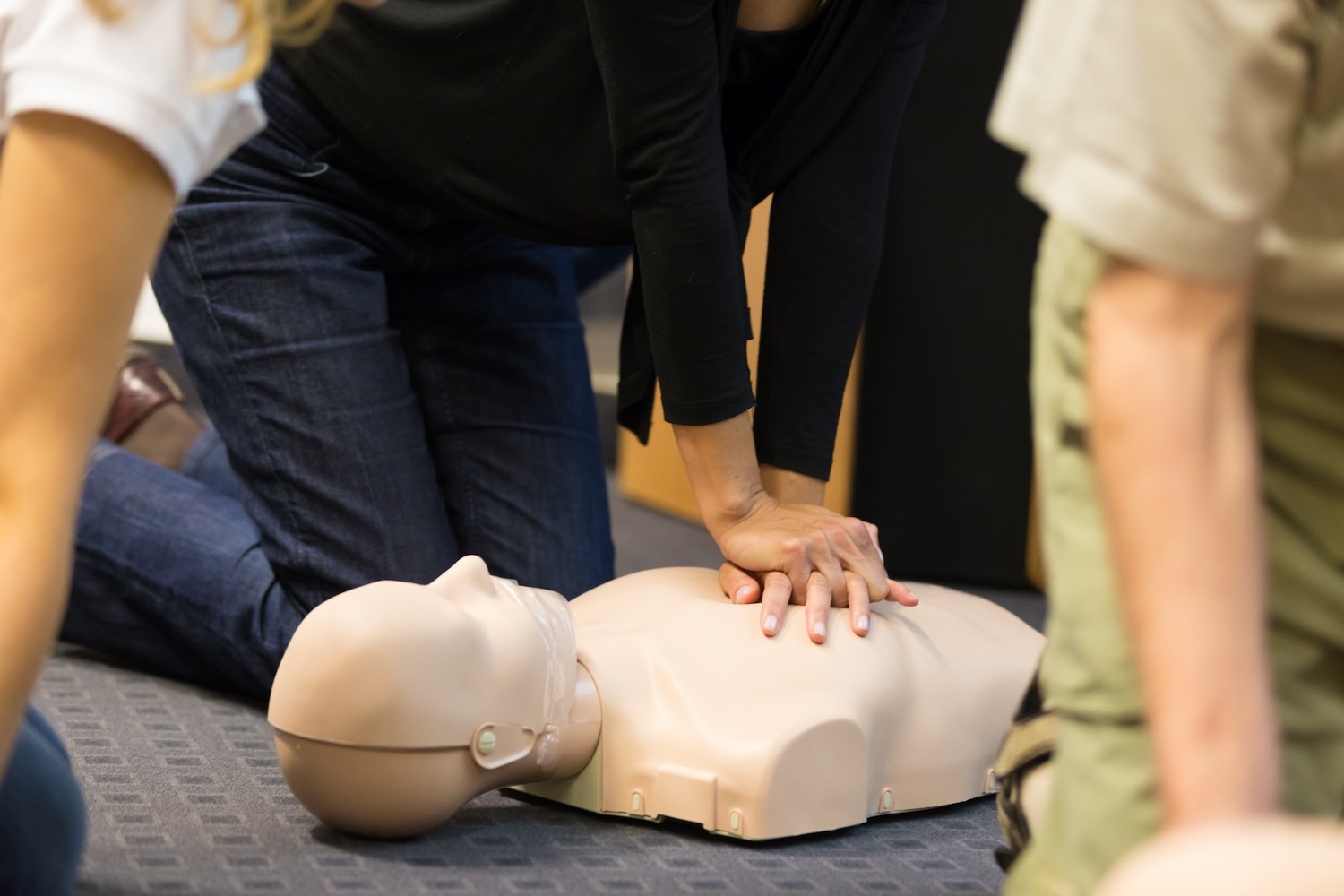In this blog we explore some of the most commonly asked questions relating to emergency procedures in a workplace setting.
Do I have to have an Emergency Plan in Place?
Yes - under the model WHS laws, all workplaces must have an emergency plan in place.
The plan must let workers and visitors know what to do in an emergency.
Your plan should be easy to access and reviewed and updated regularly.
What does the plan have to cover?
Emergency procedures, including all of the following:
- how to effectively respond to an emergency
- evacuation procedures
- notifying emergency services quickly
- medical treatment and help
- communication protocols between the emergency response coordinator and all people at the workplace
- when and how to do emergency procedure testing
- information, training and instructions to relevant workers about the emergency procedures.
This is general guidance that applies under regulation 43 of the Work Health and Safety (WHS) Regulations. Certain workplaces and activities have specific additional duties for emergency plans.
What Training must be provided?
You must provide training to your workers, including on procedures for:
- evacuations and assembly points
- equipment
- first aid
- safely shutting down machinery.
You may need different training for different people, for example:
- induction courses for new workers
- refresher training for existing workers
- training for short-term contractors or visitors at the workplace (this may not need to be as extensive as it is for workers)
- specific training for people with formal roles in an emergency – for example, fire wardens, floor wardens, first aid officers.
What is the relevant Australian Standard
AS 3745 2010 specifies the minimum requirements for the establishment, validation and implementation of an emergency plan for a facility to provide for the safety of occupants of that facility and its visitors leading up to, and during an evacuation.
Is the Australian Standard Mandatory?
Each and every organisation must comply with State based legislation that includes requirements for emergency prevention and planning. The compliance with this legislation is a legal requirement and failing to do so may result in legal ramifications incorporating severe penalties.
Whilst not legally binding, The Australian Standard AS 3745 – 2010 Planning for emergencies in facilities is produced by Standards Australia and is widely accepted throughout industry as the benchmark when it comes to implementing emergency procedures and training within an organisation.








